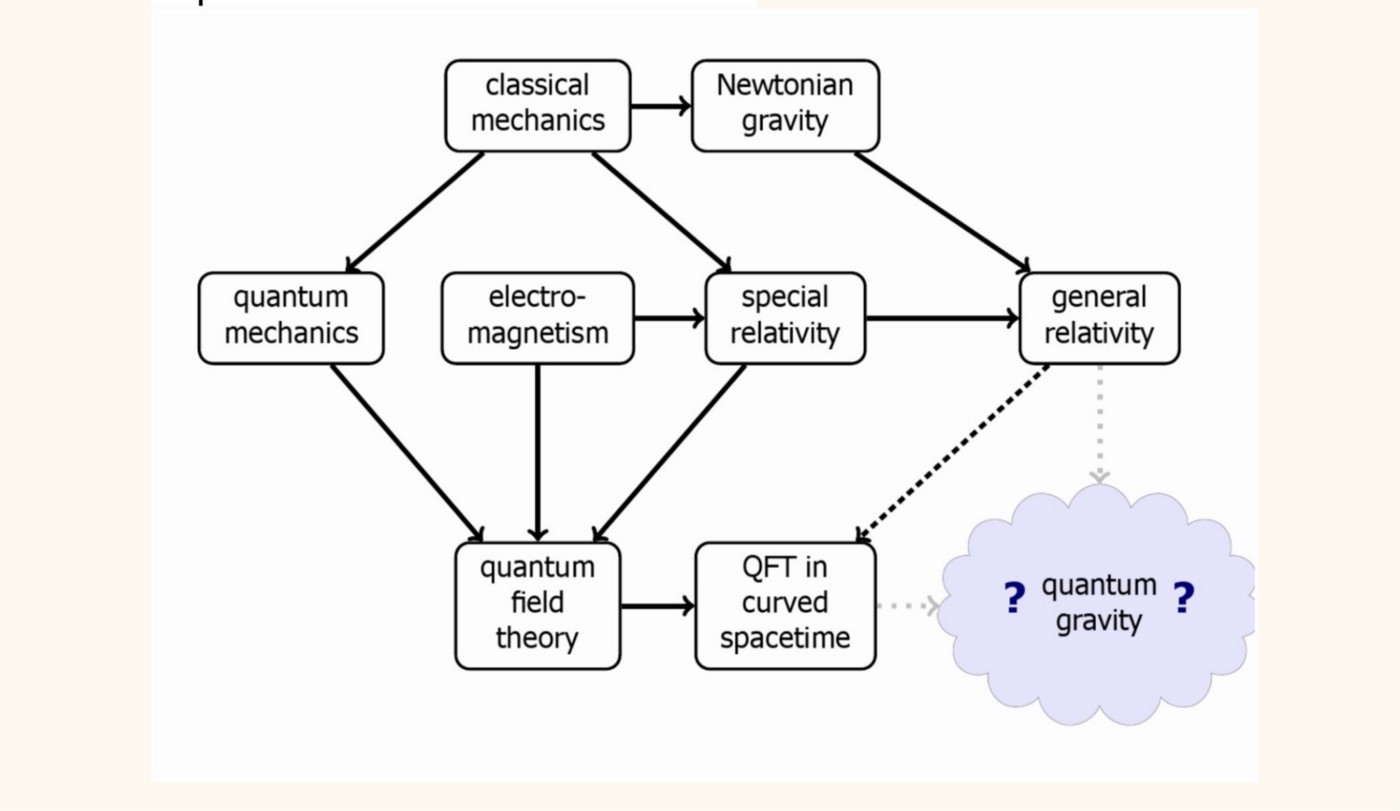When the Big Bang theory was formulated it exclusively used general relativity as a theory for gravity.
General relativity is a highly successful theory but it is next to useless when applied at very small scales.
Consider this thought experiment of taking a ball and shrinking it down.
At some point it reaches a scale where the ball goes from being described by classical physics to quantum mechanics.
This scale is reached when the ball reaches its
Compton wavelength where the ball can be scattered by photons.
Quantum mechanics tells us it is impossible for an object to shrink to a point with zero dimensions as this violates the Heisenberg uncertainty principle as a point cannot be measured with 100% precision.
The same thought experiment can be applied to the universe by running it backwards in time.
At some point in the past the universe was at the
Planck length which is analogous to the Compton wavelength of the ball.
At the Planck length the universe behaves quantum mechanically where general relativity does not apply and the Big Bang cannot have started from a zero point or a singularity, rather space-time at the Planck length scale must have existed and
subject to quantum fluctuations.
As explained in the post#1, even when space-time is devoid of matter, quantum field theory tells us this vacuum state is a field of the lowest energy state.
This is supported by the
Casimir effect which has been detected in laboratory vacuums.
Hence a vacuum state can never be totally empty and the Big Bang could not have started from nothing.
The major goal for scientists is to unify general relativity with quantum mechanics in the form of a quantum gravity theory which can explain gravity at the Planck scale.
Below the Planck scale space-time exists where the energy density and temperatures are so high all the forces, gravity, electromagnetic, weak and strong forces are theorized to become unified.


